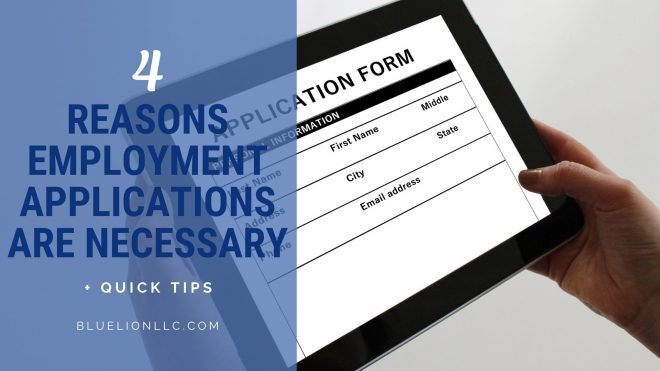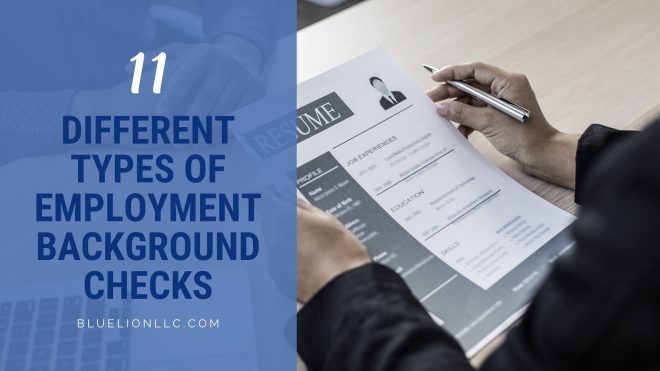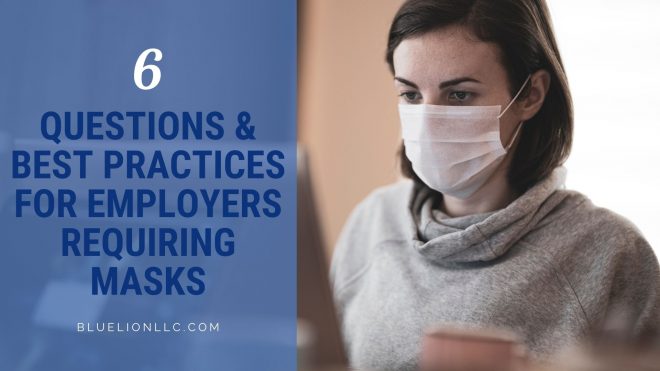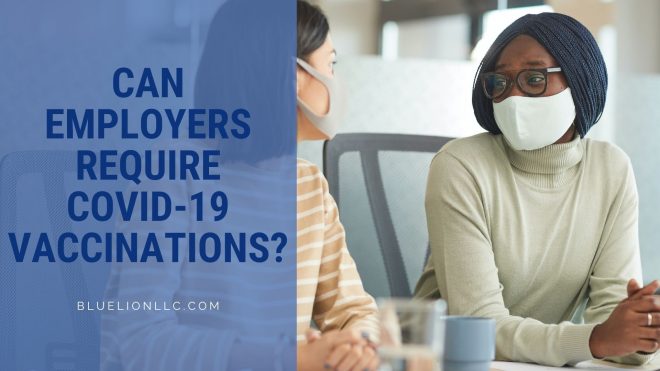
Depending on your company’s needs and the nature of your work, you could have several types of employees and workers working for you at the same time. Employers must understand the different employee classifications to decide which kind of employee to hire for each role.
Additionally, businesses need to classify and compensate employees properly to remain compliant with labor laws.
What is an Employee?
An employee is hired by a person or business (i.e., the employer) to do a specific job. According to the IRS, someone is your employee if you can control what work will be done and how it will be done.
Employees are either exempt (not entitled to overtime) or non-exempt (typically hourly employees who must be paid overtime). Learn more about exempt and non-exempt employees.
5 Types of Employees
As an employer, you should be familiar with the five most common types of employees:
- Full-time employees
- Part-time employees
- Seasonal employees
- Temporary employees
- Leased employees
1. Full-time Employees
A full-time permanent employee works an average of 40 hours a week and is eligible for benefits. Since the Fair Labor Standards Act (FLSA) does not legally define part-time or full-time employees, employers can decide how they classify full-time vs. part-time employees based on the number of hours worked.
According to the Affordable Care Act (ACA), employers with more than 50 employees must offer healthcare coverage to full-time employees and their dependents. To determine if your company falls under this law, you’ll need to calculate your full-time equivalent.
2. Part-time Employees
Part-time employees work less than 40 hours per week. While there is no legal requirement, many employers classify those working less than 35 hours as part-time.
Part-time employees are typically paid by the hour, which means they must be classified as non-exempt (i.e., eligible for overtime pay for any hours worked beyond 40 hours each week).
Additionally, regular part-time employees are considered permanent but may not be eligible for benefits (or all the same benefits) as full-time employees. However, because the ACA requires employers with more than 50 employees to offer health insurance to at least 95% of their employees who work an average of 30 hours a week, some part-time employees could be eligible for health insurance.
3. Seasonal Employees
As the name implies, seasonal employees are hired based on the needs of a company during a given time of year. They work 120 days a year or less for the employer, and these days don’t need to be consecutive.
For example, retail stores often hire seasonal help during the busy holiday seasons, while amusement parks recruit additional team members during the warmer months.
You do not need to offer health insurance to seasonal employees. They may, however, be eligible for unemployment benefits. This depends on state laws, as many states have reduced or eliminated unemployment for seasonal workers due to insufficient funds. Generally, an individual has to meet their state’s requirements for:
- Wages earned,
- Time worked during a certain length of time, and
- Reason for unemployment before receiving benefits.
Note that seasonal workers do earn toward their future Social Security benefits.
4. Temporary Employees
This type of employee is hired temporarily, often for a set period of time such as six months. A temporary job may involve:
- Working on a specific short-term project (with work ending when the project is complete),
- Acting as a substitute for a permanent employee on leave, or
- Filling an open-ended position that potentially leads to permanent employment (i.e., temp to hire).
Note that temporary employees can be hired full-time (scheduled for 40 or more hours per week) or part-time (scheduled for less than 40 hours per week).
Employers may choose to hire temporary workers directly or go through a staffing agency. Temporary employees typically don’t receive company-paid health insurance or other fringe benefits offered to regular employees.
If you opt to hire temporary employees, you must understand the 1000-rule, part of the Employee Retirement Income Security Act (ERISA). This law makes part-time workers eligible to participate in employer-sponsored benefits, such as healthcare or retirement plans, if they’ve worked at least 1,000 hours or approximately 20 hours per week within a year. Companies that fail to comply can face hefty penalties and possible lawsuits.
The bottom line: Beware of hiring temporary employees who work the same hours as your regular employees without a set end date.
5. Leased Employees
A leased employee is hired and paid by a staffing agency (the employer) and performs services for another organization (the recipient company). These employees are typically leased for a year or longer.
The staffing agency pays a leased employee’s salary, provides any benefits, and handles all other HR matters associated with their employment. The recipient company does not compensate or administer benefits to leased employees, meaning they do not have to report leased employees on their taxes.
Leasing employees is an effective solution for companies that experience seasonal demands, lack the resources to recruit talent independently, or need temporary positions filled. Many staffing agencies specialize in specific industries and can help you find top talent quickly.
Which types of employees are best suited for your organization? Perhaps you have certain jobs or projects more fitting for contingent workers, such as independent contractors? Check out nine tips for hiring independent contractors.
Do you have questions about employee classification or need guidance on which type of workers to recruit? Contact BlueLion’s HR experts at 603-818-4131 or info@bluelionllc.com today, and we’ll be happy to help you navigate all of the above!
The information on this website, including its newsletters, is not, nor is it intended to be, legal advice. You should contact an attorney or HR specialist for advice on your individual situation.












